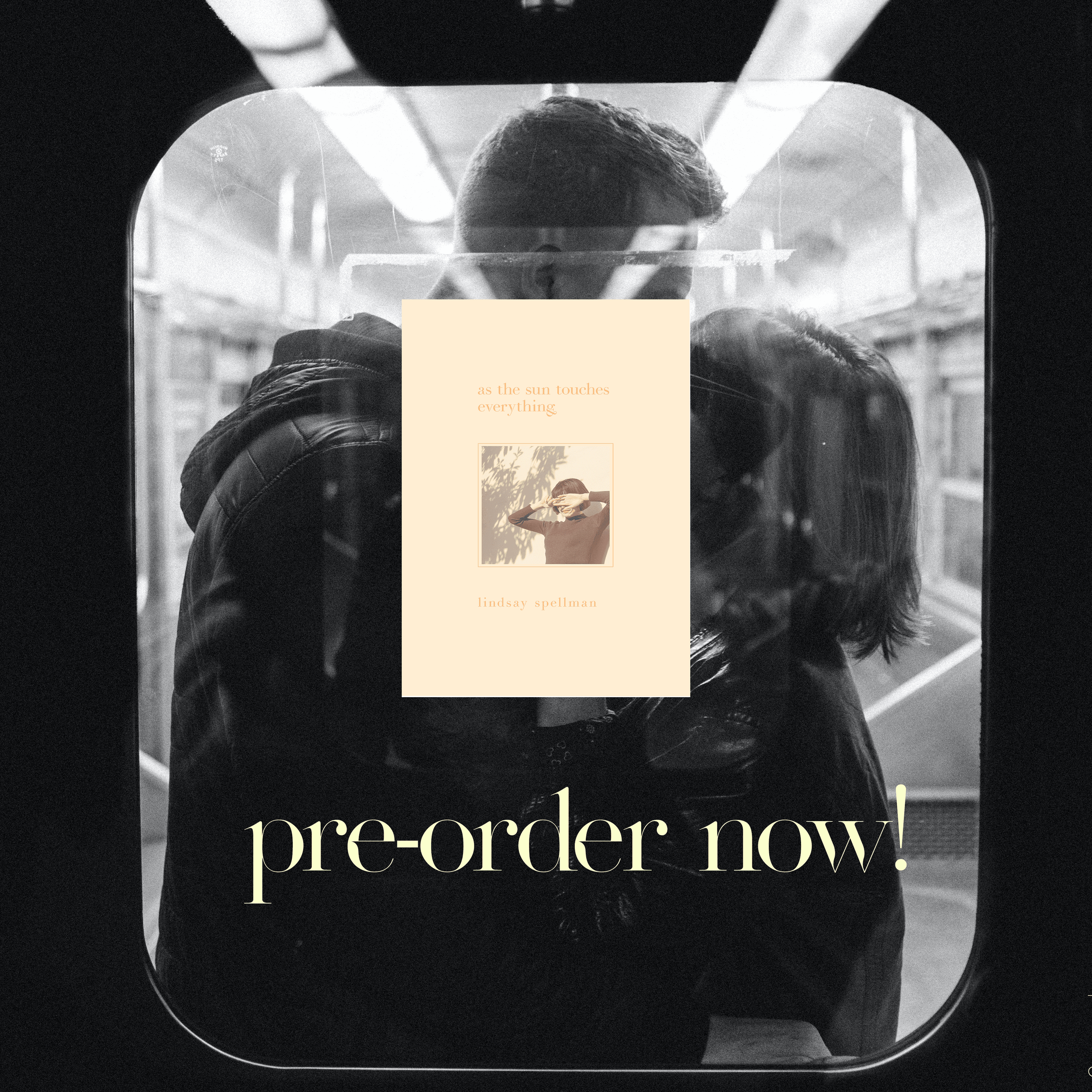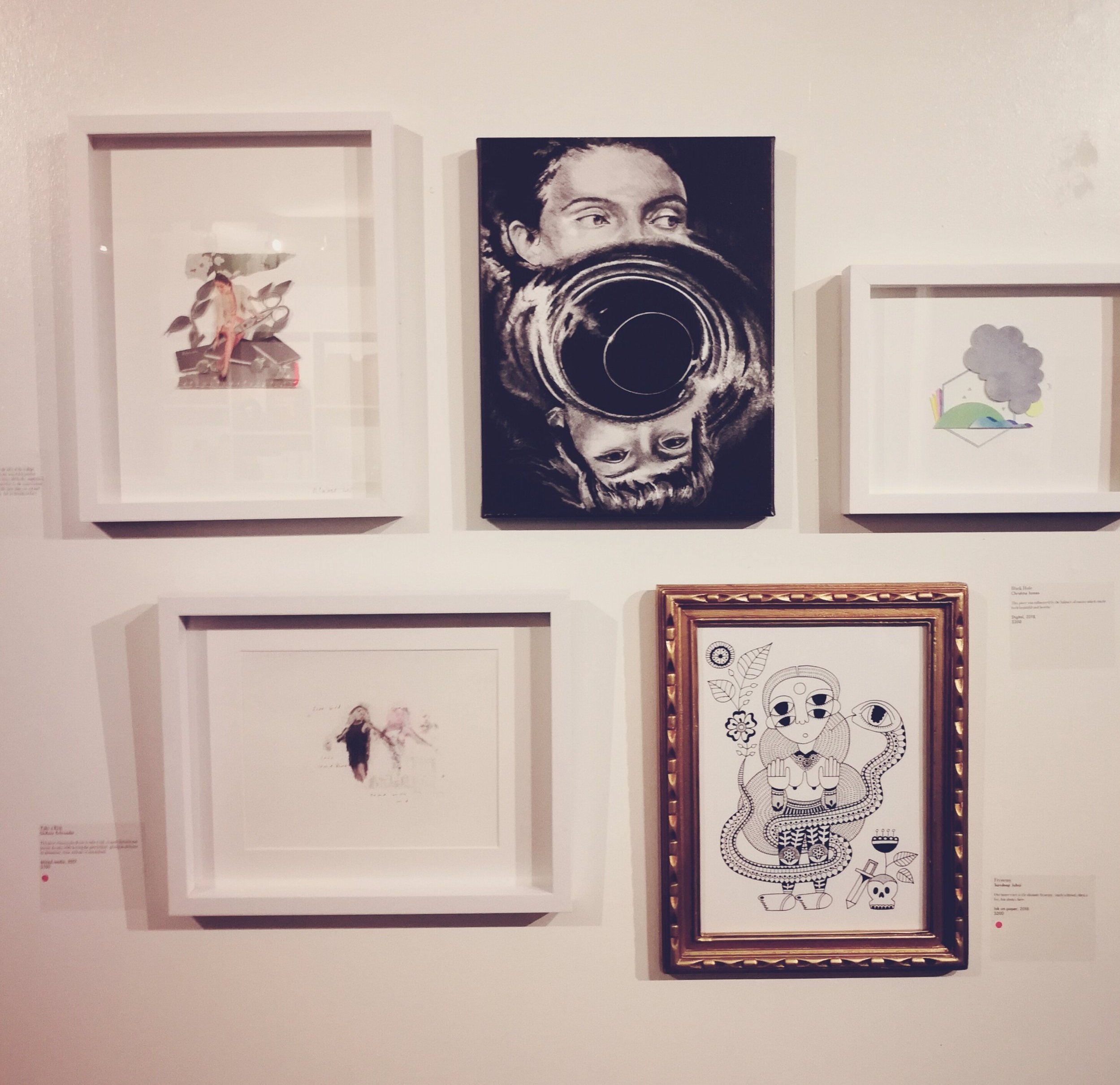
Should you self publish a book and how to start
Wondering if you have something to write or if you should self-publish? Some ideas to help you start
Self-publishing is a whole new world that I just got into the last couple years. It has been challenging, but very rewarding. As an artist, I wanted full control of my design, layout, and content, and self-publishing gave me that freedom. If you find yourself wishing you could have your own book, but are not sure what it would be about, there are lots of options to explore! I chose poetry, writing poems about my own life and experiences. I think that a story about your life can always be relatable to someone, and is definitely worth writing! It’s a good place to start if you’re just starting to write.
Also if you’re an artist, having a book of your own artwork and perhaps the meaning or stories behind the artwork would be great too. I know we all have these things online these days, but I truly believe that having a memoir or archive in printed form holds a weight of its own, has value and lasts forever.
If you have a story already and a somewhat completed manuscript, there’s definitely the option of finding a literary agent online to help you get published by a big publisher. It’s a preference, and of course an expense if you’re willing to pay for it. These take extensive time and research into which agents or which publishing houses to apply to, and the weight time can be 1-2 years. If you’re more eager to have a book in your hands like I was, that’s where the self-publishing route comes in. There are many book designers, editors, cover designers and so forth that you can hire on a contract-basis online if you’re not sure about doing it yourself. Do some research and see what the process has been like for others in terms of workload.
Here are my two cents:
I chose to learn how to do it myself through Adobe Indesign. I watched several You-Tube videos online about how to format and make an Indesign file for a book. I also chose a local printer to my location that had great reviews for printing other self-published books. Each printing company will have their own guidelines for submitting files and sometimes instructions on what exactly your files need to contain. I suggest calling your top choices on the phone and seeing how friendly and responsive they are. You will need your help if issues come up in the design and printing process. Research common fonts and font sizes that are typical for your type of book, and open your personal favorite books to look at paper color and texture to help inform your decision.
Another suggestion is ordering a Proof hard copy of your book so that you can see how it looks printed before making a large order. This option helped with choosing a printing company as well. The company I chose had a $50 proof copy option plus shipping. The book came unbound, but I was able to assess printing colors of the cover page and pictures inside, and if I was happy with the overall size and layout. Try not to rush- take the time to make it perfect so that you are truly proud to advertise your end product that you’re happy with.
Rather than ordering a bunch of copies and hoping they sell, I decided to try making a Kickstarter for my book and setting a goal of how many copies I’d like to print. The larger the order the bigger the discount, so I wanted to offer good perks and gifts for whoever wished to buy a pre-order copy. Making your buyers feel special that they have an exclusive copy works well in having them feel included in your project, like a part of the process. And it’s fun to share in the publishing of your very own book! The marketing of a Kickstarter is up to the author, and that part can be challenging. There's many other sites I've seen authors choose as well such as Indiegogo or GoFundMe. It also depends on who you think your audience will be. I found that people between the ages of 18-40 knew what these sites were and how to navigate them, whereas 40-70+ had trouble understanding the pledge/reward process.Therefore because of my specific audience of friends and family, I would not do a Kickstarter like that again.
If it’s not for you, you can always order a large amount mainly for the discount and try to sell your books from there. It will take some hustle to keep them from collecting dust in your own house, but you can do it! Show a copy of the book you’re proud of to your local business, bookstore, or cafe. See where business owners like to display handmade products. Try a market. The world is now your oyster! Talk about your book on social media, post photos and videos of it, and have a website with reviews from your readers. Make posters and pin them to a local bulletin board. Maybe reach out to a podcaster.
I’m still learning to stretch myself in all of these areas, and I’m learning that slow and steady wins the race. Keep going for the long haul and don’t let your marketing die. You have a story worth sharing! And if this is the making of your first book, give yourself some grace. It’s a tedious process, and sometimes you may not get exactly what you want till your 2nd or 3rd book. And you can always make a 2nd edition of your first book.
Good luck out there, and even if you don’t publish, keep writing and creating!
Lindsay
a postcard for my campaign that had my QR code and book info on the back
Part of my social media campaign
Networking and Finding Your People
Networking and finding community when you’re an Artist on the move
Moving as an artist can be quite overwhelming! Isn’t it a typical artist’s dream to have a well-worn studio, one with paint on the wall, on the floor, large tables with supplies spread out? To not have to put your supplies away and to go back to where you left off seems like a luxury when you haven’t had it.
But to be an artist on the move is to be denied those luxuries. Sure, it can be a fun idea to be a nomad on the road, foldable easel in tow and photos of your art in new places. I think it can be a great adventure for a while. As an artist who has moved a lot, however, my new desire is to spread out in a large room and work on multiple projects at once. Perhaps a corner dedicated to photography. I’m always scouring Pinterest for ideal studio set-ups.
The other challenge I’ve found to moving a lot has been finding art community. Over the years I’ve made it a habit to try to find fellow artists right away before my things are even unpacked! There are benefits to staying in one place and finding the right connections, friends, mentors, over time: it’s a gradual momentum and can be taken with patience. But to try to do that kind of connecting in a short amount of time requires much more determination, energy, and motivation. A forced extroversion. A courageous vulnerability.
I made an intention to connect with a new art community after I graduated college. I moved to a new city, and I knew that finding other artists would help me stay on course. Looking for the same type of camaraderie and encouragement I had with my peers in school, the desire for mentorship and community motivated my search. I was branching out into a city with a bigger art scene and believed that relationships were key to being involved.
I searched the internet for art groups and collectives, studios, and galleries. My focus was to find a group that met together regularly, and I stumbled upon a mastermind group that had just taken off. I took a risk and showed up- and it paid off! Sitting around a small table in a studio downtown, I met 3 or four other artists looking for the same things I was looking for: community, inspiration, accountability, and friendship. This small group has since grown to hundreds over the years, and I’m grateful I took the risk to show up. We made art together, did juried art shows, gave each other resources, and encouraged each other to keep creating.
A group show we did
Unfortunately, I was only able to be a part of that group for a few years as I inevitably had to move again (due to various life circumstances). Social media has been a great tool to stay connected and watch these artists grow in their career from afar, and still celebrate each other’s successes. And the skills I’ve grown in to put myself ‘out there’ and show up to new groups has developed my character in a new way. I have more value now for brief connections and advice, as well as people who are hospitable and incredibly welcoming.
I’ve been able to reach out to groups like this in a couple other cities I have been to. And while each place has been different and not all groups are a good fit, I’ve slowly been able to find other artists that have encouraged my practice and made it worth the risk. I wouldn’t say that I’m an introvert or an extrovert, but somewhere in between bouncing back and forth. I believe connection requires effort whichever group you identify with I think and fighting for connection in person is always worth it. Even if you identify as an introvert, if you focus on the motivation for connection and on the positive possibilities, it makes it much easier! I’ve learned that the value of finding community, no matter how long you have it, is beneficial and beautiful in a way that you can’t get from social media alone.
So, if you are an artist who has found yourself isolated or in a new place, I would challenge you- who can you reach out to today? It takes time, but if you keep trying, you will find your people!







